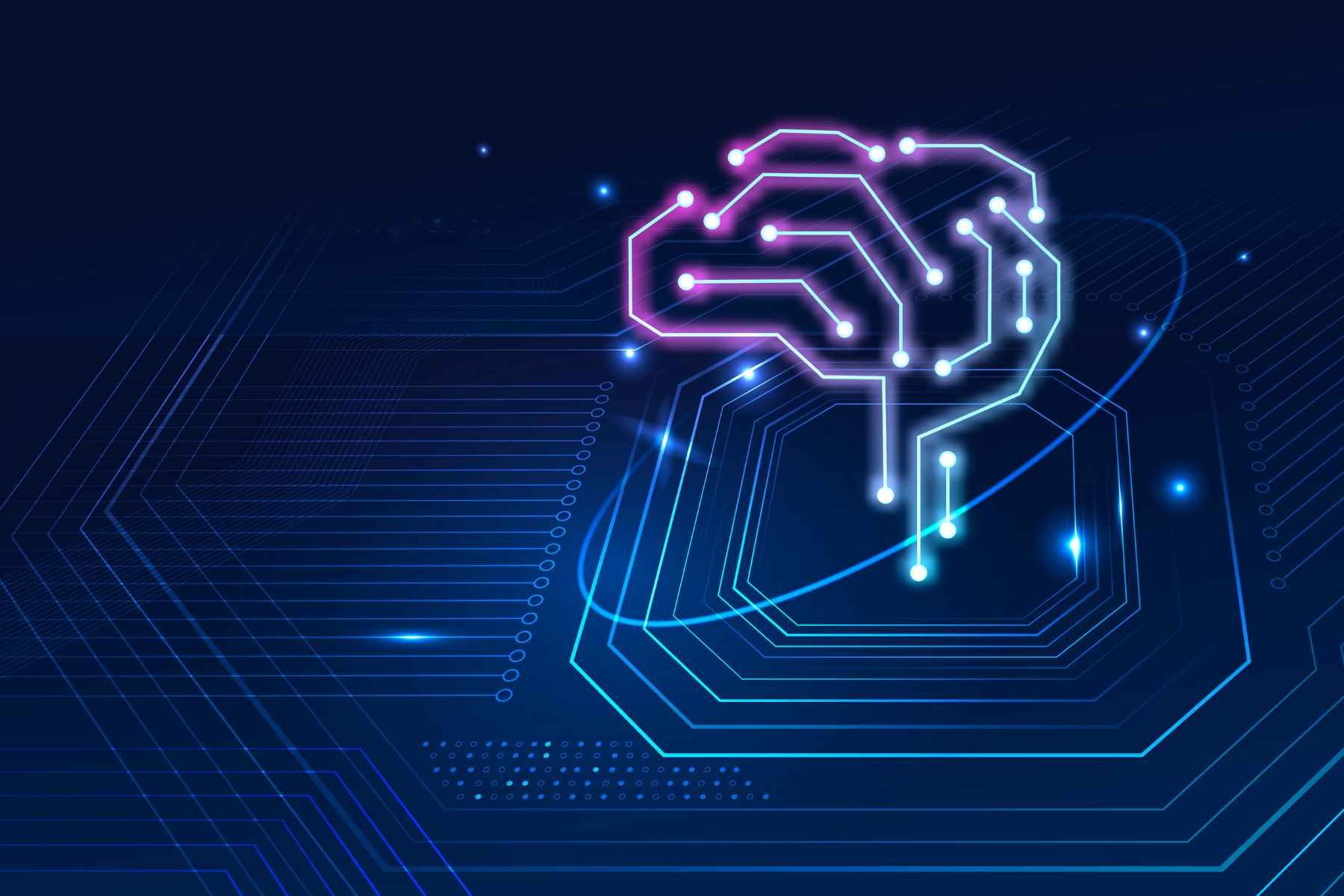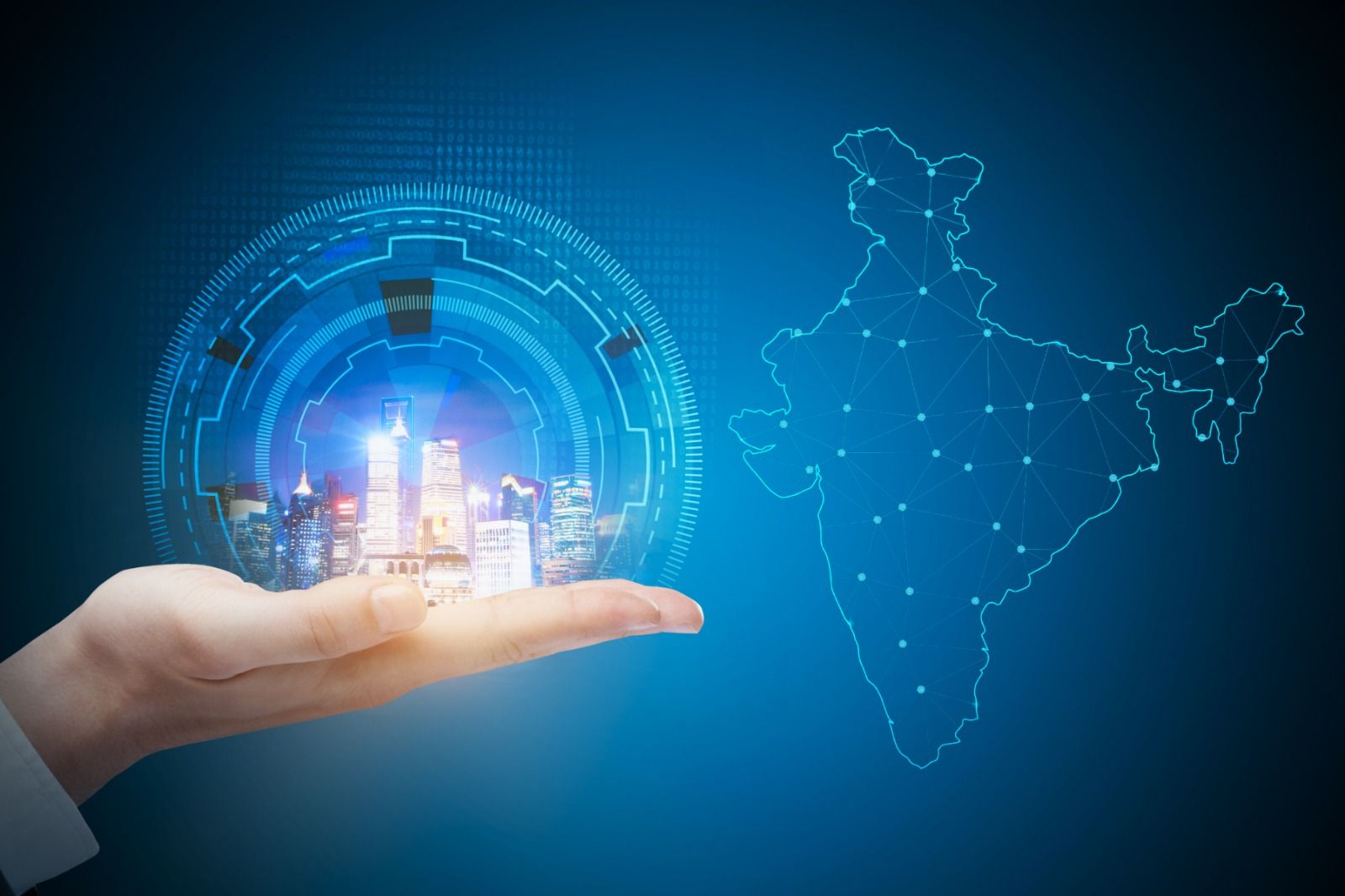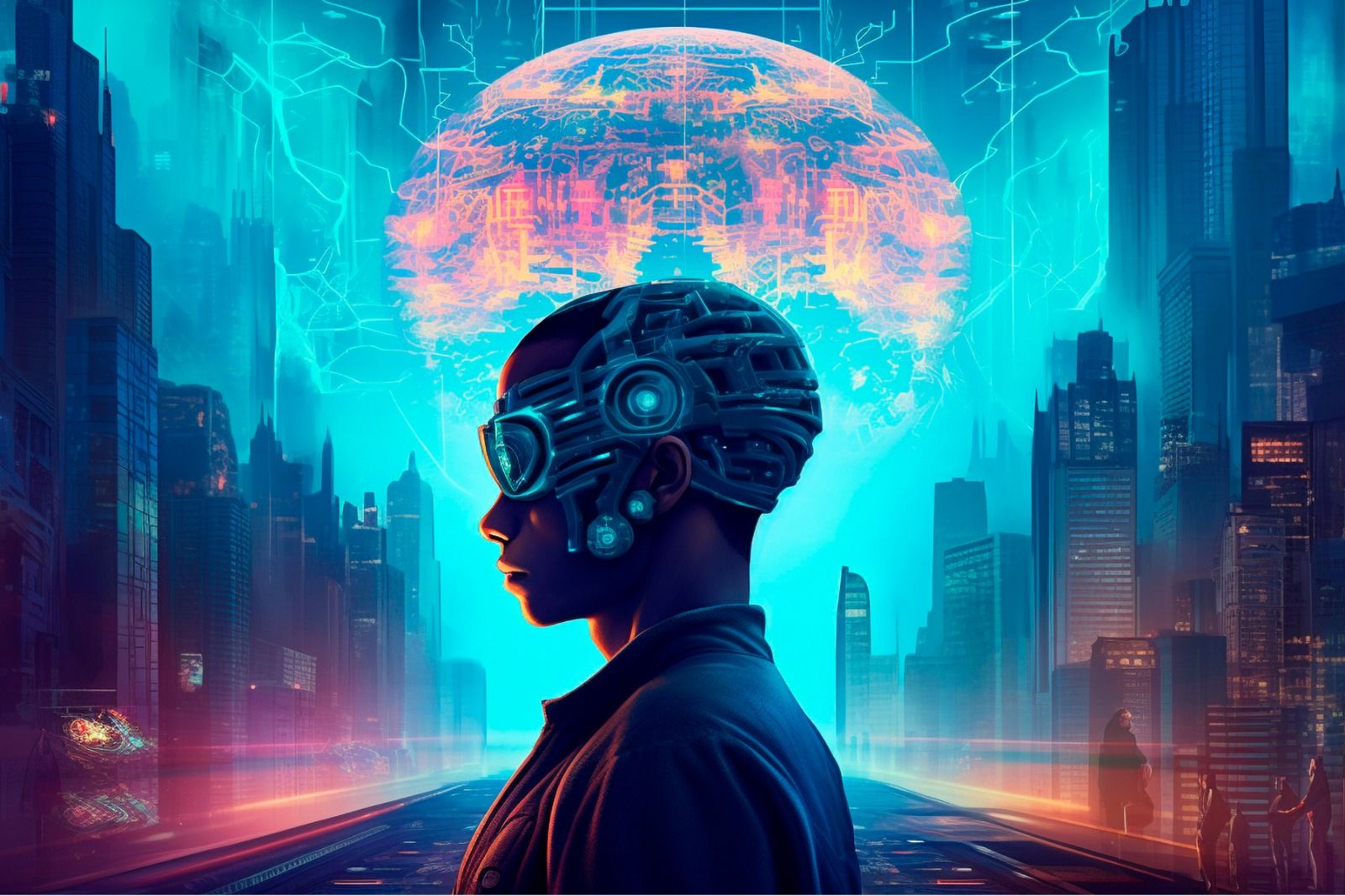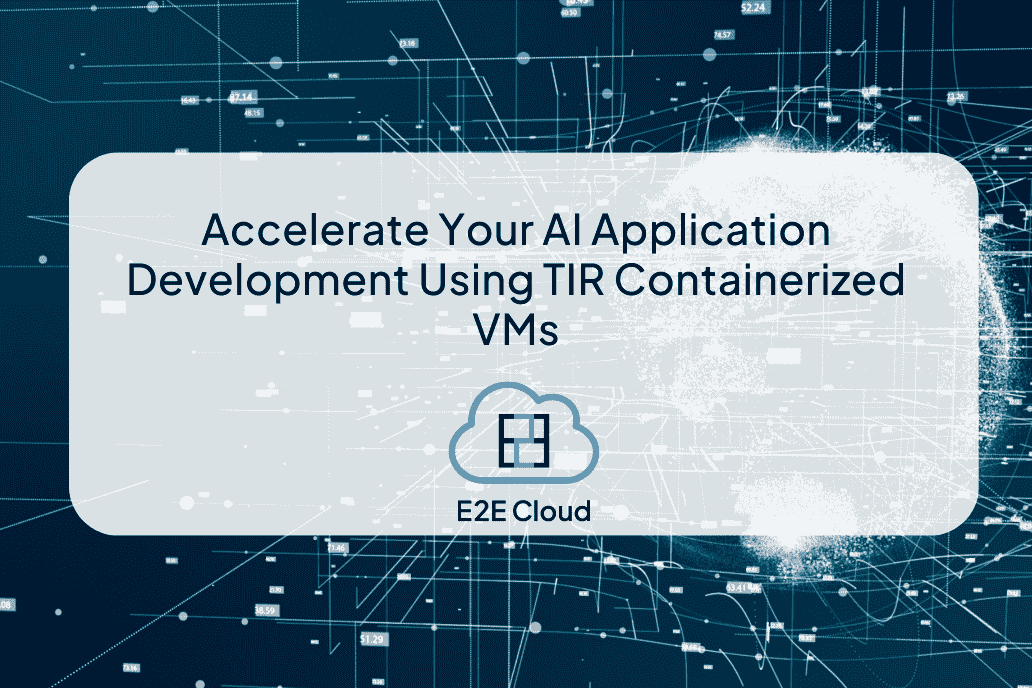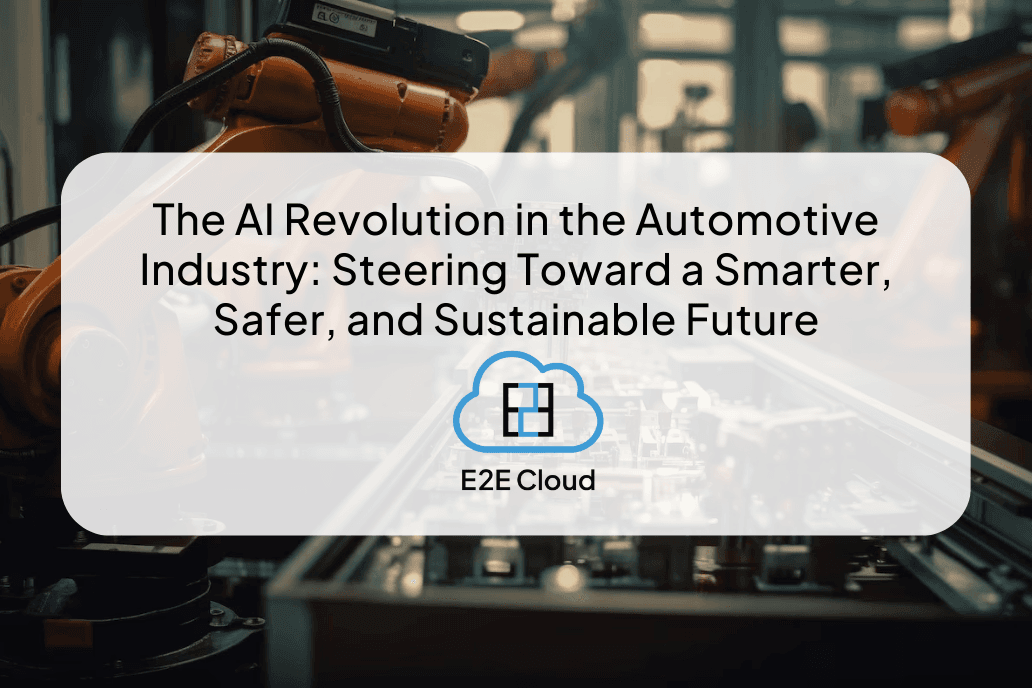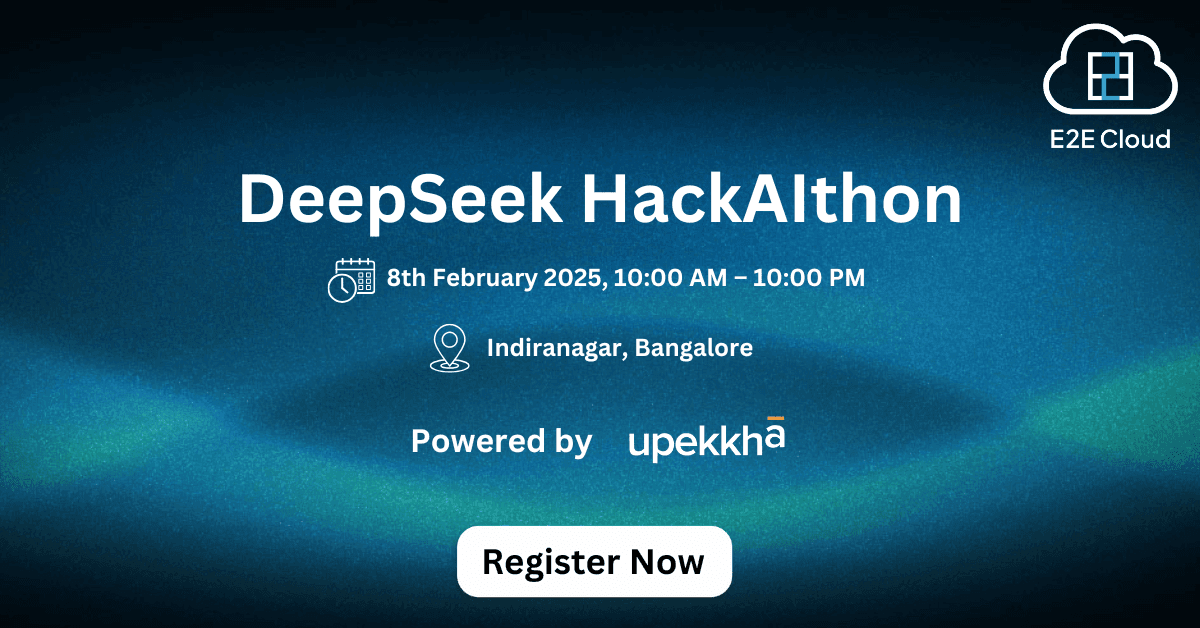In simple terms, Deep learning is a subset of artificial intelligence, focusing on making robots learn what humans naturally do - learn by experiences. In deep learning, machines learn-to-learn with the help of data sets. Deep learning algorithms use artificial neural networks to analyze data as the human brain does independently. Of course, the data training, humongous knowledge base, and pattern recognition techniques are fed to the machine by humans to work on their own later.
Some examples of using deep learning to replace manual work are, Voice commands to phones or laptops, Driverless cars, Face recognition, Text translations, and Sentiment analysis.
Why Deep Learning?
Now that we know the meaning of deep learning, the question arises - why would we want machines to behave like humans? Experts have given several answers to this question, and out of those some are: “for diminishing mundane, repetitive work”, “ To fasten the work speed”, “To achieve accurate results in strict timelines” But the most important reason for exploring branches of advanced concepts of deep learning is “Accuracy.” Deep learning has improved the level of accuracy many times. Multiple tasks like car driving, printing, text recognition, and natural language processing are done more accurately than previously with deep learning. Deep learning has outperformed human minds in computer vision consisting of classifying objects in any image.
Although the term “Deep learning” was introduced by distinguished professor Rina Dechter in 1986 but became a shining term recently due to accelerating demand for less time consuming and accuracy driven services and products, to achieve these demands in a competitive market by businesses, deep learning acted as the magic tool. It became useful by giving solutions when:
- Solutions required a large number of data sets, majorly labeled data. For example, To develop driverless cars, the development team would require to process millions of pictures and gigabytes of videos parallel.
- Solutions required high throughput or computation power. High-performing deep learning GPUs are connected in parallel for deep learning algorithms as it requires a high amount of data to be processed in less time. These deep learning models are connected with cloud computing clusters to enable developers to process data quicker. This reduces training time for machines with loads of data transferred into their knowledge base. Even though high throughput machines are used for processing, it may take weeks to train a machine due to its complexity.
How Does Deep Learning Work?
Deep learning algorithms, also known as “deep neural networks” use a neural networks to function. Neurons in the neural networks work on similar lines with neurons in the human brain. Neural networks architecture consists of nodes arranged in a layered fashion. More the layers, the more precise and elaborated your model would behave. Deep neural networks contain a very high number of layers which can go up to 150 or more.
In the networks, the node sends out the signal from one node to another and assigns weights to it. The nodes with heavier weight have a greater impact on associated layers. The layers are arranged in a sequence. The final layer compiles weighted inputs and generates output.
To understand the working of deep learning, let us take an example.
Problem statement: Deep learning algorithm receives a Cat’s image as an input and outputs “yes” if there is Cat in that image otherwise “no”.
Solution by deep learning algorithm:
Not all cats look alike. Their different colors, sizes, angles of pictures, light density, image quality, and object shadows add to the complexity of determining cats from the image. Hence, the training set should include multiple images covering the cat’s maximum determining characteristics in an image. Many examples of cat images must be included, which could be considered “cat” by humans and also images that can not be categorized as “cat” images should be included. These example images are fed in the database of neural networks and stored in data sets. This data is mapped into the neural networks; nodes assign weightage to each data element. Output compiles all the disconnected information to conclude. If the algorithm finds out that the object in an image is furry, has four legs, has a tail, then it should be “cat”. There are hundreds of characteristics like this which are particular to cats defined in trained data sets to distinguish them from other objects.
The answer received after all the analysis mentioned in the above paragraph is then compared with the human-generated answer. If these two answers match, then the output is validated and saved as a success case. In case of the answers mismatch, the error is recorded, and weights are changed. This process is repeated several times, and weights are adjusted multiple times until we attain high accuracy. This type of training is known as “supervised learning”. The machine is trained until a point is reached where machines can self learn with previous examples.
Challenges in the future of Deep Learning
- Massive datasets: Massive amount of datasets is a challenge in deep learning with increasing data day by day. Here we are talking about training data. Humongous data is scattered in the market with no detectable pattern as an input data set, but the same data set should be arranged while used for training purposes. It becomes a tough task to find different types of example datasets to maximize example training data coverage. New concepts of generative adversarial learning and transfer learning are used to overcome this challenge.
- Overfitting: “The greatest danger in art is too much knowledge”. Overfitting is a common problem in deep learning when data analysis focuses too closely on the dataset. In this situation, even the mundane and non-important parameters are recorded, which results in skewed results. Due to the highly receptive nature of neural networks, accurate results depend upon correct characteristic determination. Similarly, the chances of deviating from results are also there if the algorithm focuses on the wrong characteristics. But this issue can be overcome by adhering to the right data sets. One of the famous research papers “Dropout: a simple way to prevent neural networks from overfitting” is a great knowledge source for researchers and scientists to reduce overfitting related errors.
- Privacy breach: It is noted that data privacy has gained notion in recent years. Recently, the Federal trade commission (FTC) snapped a $5 billion penalty on Facebook for mishandling the data and privacy of application users. Deep learning is a data-dependent technique where data is recorded on a wide-scale to achieve accuracy in results. But due to several privacy laws and restrictions, it has become challenging to gain access to critical data which prevents deep learning from reaching accurate results.
- Butterfly effect: Deep learning is vulnerable to produce outrightly inaccurate results even if there is the slightest change in the input data. It makes any algorithm unstable and unreliable for mission-critical or decision-making applications. The instances have been recorded where hackers can add the unnoticeable amount of “noise” in the data set to completely corrupt the result.
How is Deep Learning Beneficial in the Future?
- Self-learning or ubiquitous deep learning: As of now, most robots still require human assistance to learn new situations and reactions. But deep learning can help in designing models via which robots can learn themselves. This would help various businesses that are not experts in AI but still can take advantage of self-learning bots to reduce the number of human errors and increase the speed of transactions.
- Deep learning for cybersecurity: Security incidents have also risen parallelly with advancements in technology. The list of attacks is pretty long with some famous ones like WannaCry, Capitol One breach, NotPetya. It has become a necessity for businesses to act fast and proactive to prevent losses from these. More Cyberdefense agencies would subscribe to deep machine learning algorithms to respond faster than humans and detect patches in IT Infrastructure to Reduce the Impact of attacks.
- Automation of repetitive tasks: When did you visit the car garage last time? Did you try to observe several mundane tasks that could have been automated? Deep-learning robots mounted with deep learning abilities can complete tasks with input received from different AI sources and sensors. Like the way humans act based on the environment and experiences, robots can also act according to data sets containing previous examples and input data from sensors.
- Machine vision: Deep learning has brought revolutionary changes in the way images are perceived and classified. Different actions like object detection in images, image restoration or recreation, image classification, and even detention of messages from the handwritten text can be performed using deep learning. This functionality, driven by deep learning provides an analytical vision to machines, which helps get into details that would have been upheaval tasks for humans.
- Deep learning to enhance customer experience: Deep learning is used to create a useful application to improve your business experience. One common example which you find in almost all consumer-centric websites is Chatbot. Chatbots uses deep learning to analyze customer text and generates responses accordingly. Other examples are image captions (The complexity of image captions reduces if you cannot identify one after each attempt).
- Deep learning in marketing: The use of websites for commercial purposes has gained traction in the COVID-19 era. Consumers are becoming smarter day by day by ordering their required products online with a click’s comfort. Similarly, businesses are also becoming smart by subscribing to smart marketing with the help of deep learning. Deep learning is outperforming humans in SEO. The real-time web content generators are used to tweak content and optimize the website for SEO. This helps websites improve their SEO ranking without the interference of human SEOs. Google has pioneered digital marketing with the help of the best GPUs for deep learning.
Deep Learning has a Bright Future!
It is predicted that deep learning would become widespread and embedded in the system to achieve faster and accurate outputs. GPU Cloud instances offered by E2E makes it easy and affordable to build and deploy deep learning systems.
As per the article by Big Data Evangelist James Kobielus in “6 Predictions for the future of deep learning”: The deep learning industry will adopt a core set of standard tools, and Deep learning will gain native support within various platforms like a spark, open analytics ecosystem with reusable components and framework libraries. The same has been indicated by “Ray Kurzweil”. He became famous for his prediction that Artificial Intelligence would outsmart humans in computational capabilities by 2029.
In a nutshell,
Deep learning models are expected to exponentially grow in the future to create innovative applications freeing up human brains from manual repetitive tasks. A few trends which are observed about the future of deep learning are:
- Support and growth of commercial activities over the networks. NLP and digital marketing have increased the use of deep learning algorithms and gained valuable attention from consumers.
- An urge to automate repetitive tasks requiring more physical labor than mental involvement will encourage data scientists and engineers to innovate in AI continuously.
- A tussle between data protection organizations and deep learning research agencies will prevail in the future too.
- The limitation of deep learning is the “ability to reason” is a bottleneck to create independent decision-making machines.
E2E Networks hopes that this article has shed light on the bright future of deep learning. For more blogs, check out the E2E Networks website.

